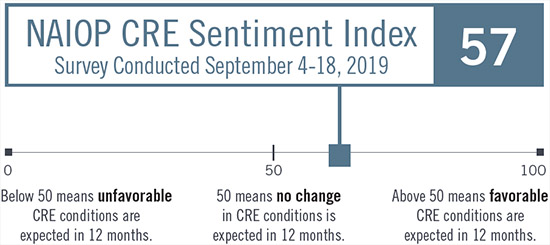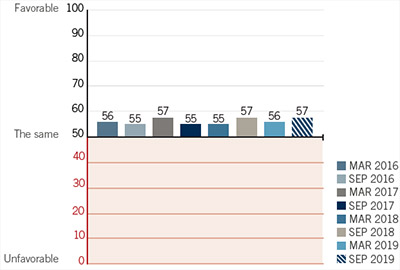Chasing the Unicorn: Why Industrial Developers Seek Out Elusive Urban Infill Sites
Originally published on February 12, 2020.
Bisnow interviewed Leslie Lanne, managing director at JLL and speaker at the upcoming I.CON Spring 2020, April 2-3 in Huntington Beach, California. See an excerpt of the article below, and register online for the biggest conference in industrial real estate.
What makes urban infill desirable? For infill properties to be attractive, cities need two factors: population density and vehicle congestion, JLL Managing Director Leslie Lanne told Bisnow in a recent interview. This combination provides a large group of consumers plus enough traffic to make it prohibitively expensive or time-consuming to deliver goods from larger suburban facilities.








